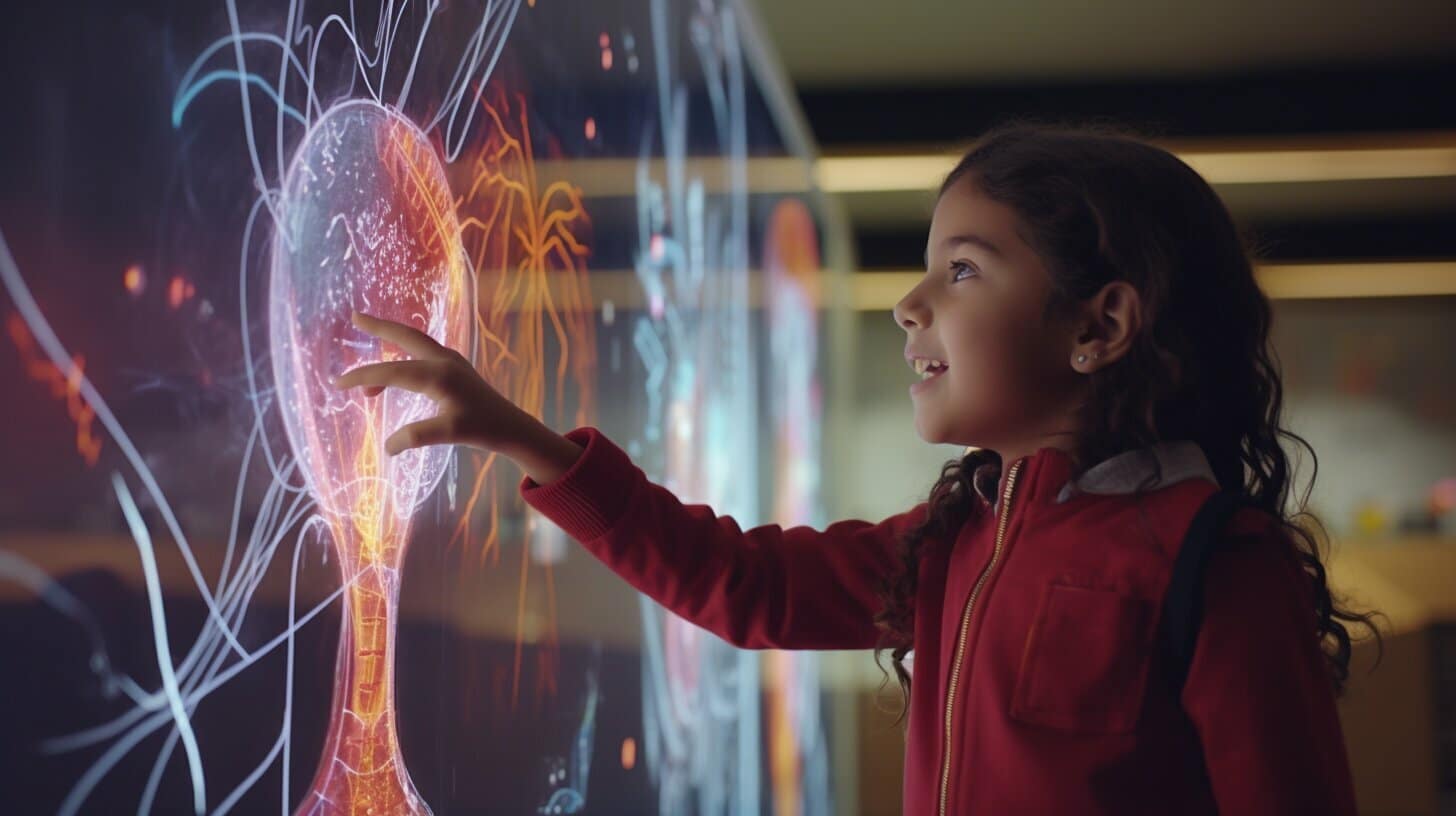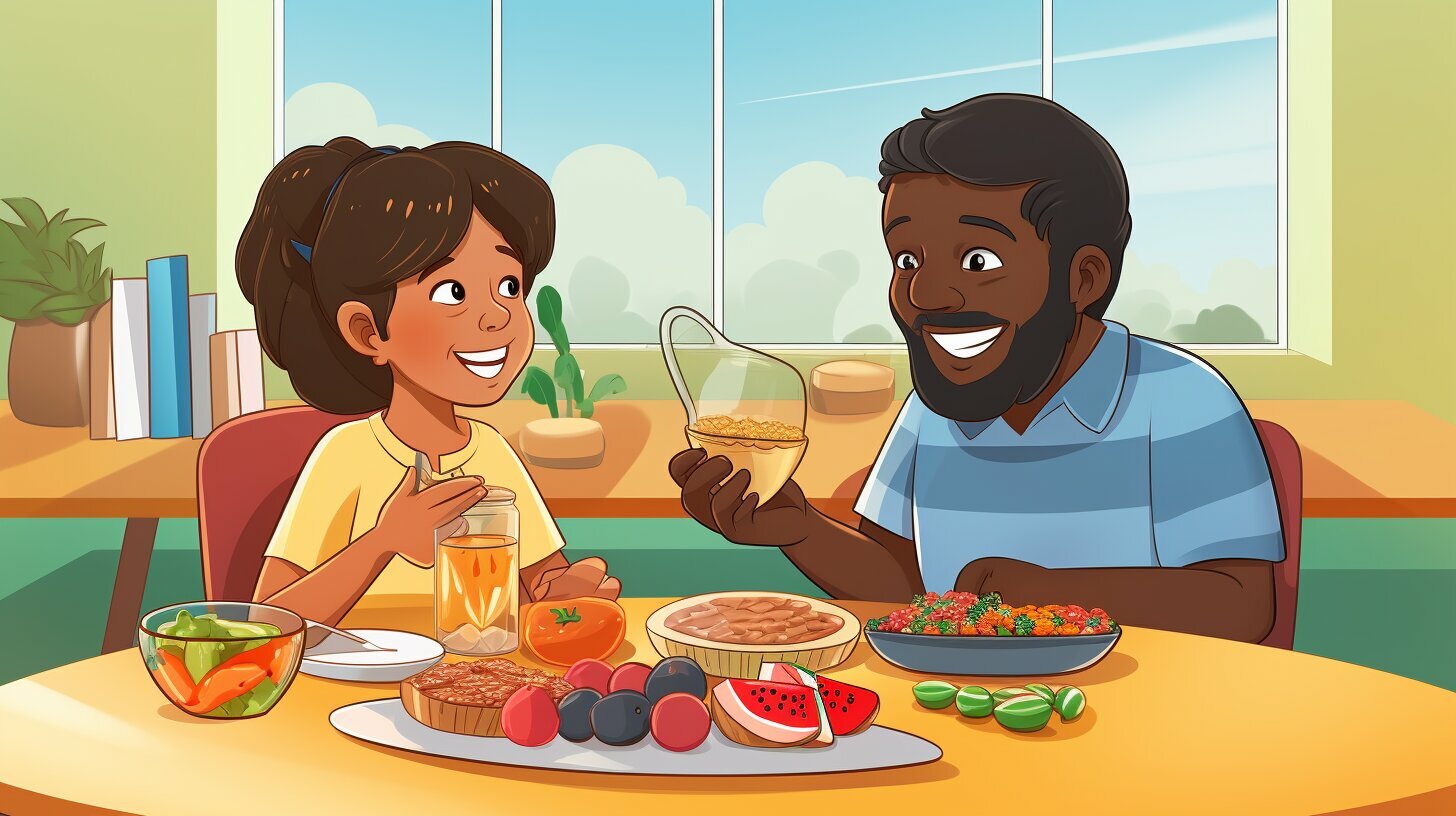Key Takeaways
- Explaining strokes to children is important to raise awareness and prevent future occurrences.
- Simplifying the concept using age-appropriate language and analogies can help children comprehend the condition.
Why It’s Important to Explain Strokes to Children
As a parent or caregiver, you may wonder if it’s necessary to explain strokes to children. After all, strokes are typically associated with older adults, and children may not understand the severity of the condition. However, stroke education for kids is crucial for several reasons.- Prevention: Providing children with stroke education can help them recognize potential risk factors and take preventive measures to reduce their chances of experiencing a stroke later in life. Encouraging healthy lifestyle habits such as regular exercise and a well-balanced diet, and discouraging tobacco or drug use can also decrease their risk.
- Recognition: In some instances, children may witness someone experiencing a stroke, and their knowledge of the condition can help them recognize the signs and symptoms and seek immediate medical help.
- Empathy and Understanding: Explaining strokes to children can help them develop empathy and understanding towards those affected by the condition. They may also feel more comfortable asking questions and expressing their emotions surrounding a stroke.
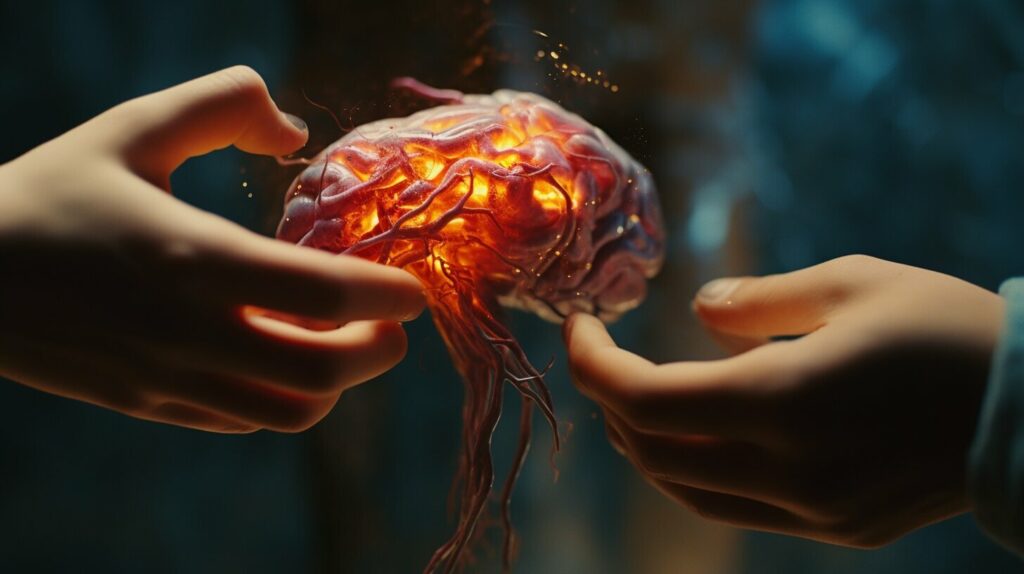
What is a Stroke?
Explaining strokes to children can be challenging, but it is crucial to help them understand the condition. Simply put, a stroke occurs when blood flow to the brain is disrupted, either by a blockage or a burst blood vessel. When the brain is deprived of oxygen-rich blood, brain cells can die or be damaged, leading to various effects on the body. For example, if the part of the brain responsible for movement is affected, the person may experience weakness or paralysis on one side of their body. If the part of the brain that controls speech is damaged, the person may have difficulty speaking or understanding language. Depending on the severity and location of the stroke, the effects can vary widely. It might be helpful to explain to your child that the brain is like the body’s control center, directing all the functions and actions we do, from breathing and eating to thinking and talking. When a stroke occurs, it’s like someone has pressed the pause button on the brain, and certain areas may stop working correctly.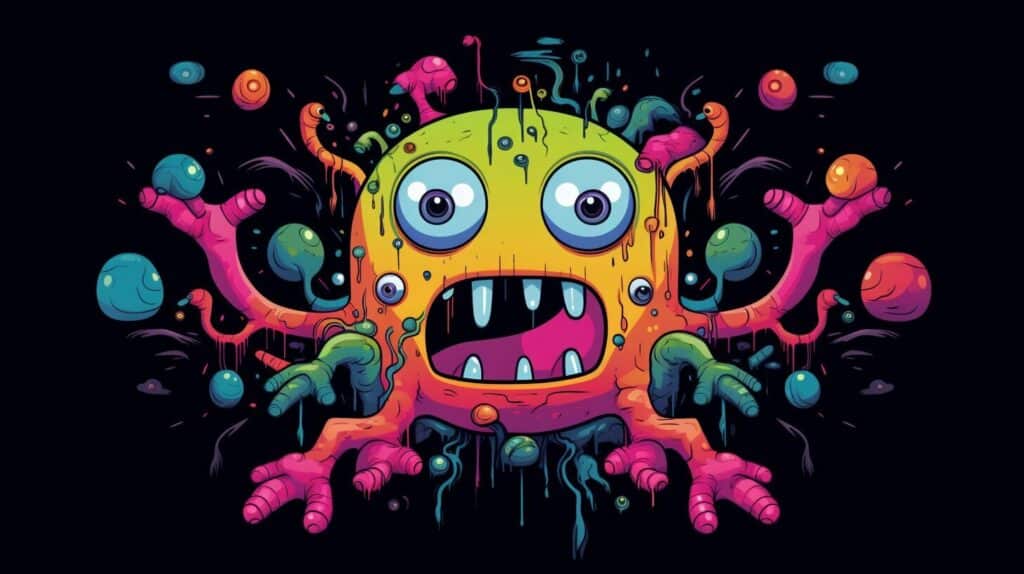 It’s important to remember that strokes can happen to anyone, regardless of age or health status. By understanding the basics of what a stroke is and how it happens, children can be better prepared to recognize the signs and symptoms and take action if necessary.
It’s important to remember that strokes can happen to anyone, regardless of age or health status. By understanding the basics of what a stroke is and how it happens, children can be better prepared to recognize the signs and symptoms and take action if necessary.
Signs and Symptoms of a Stroke
It’s important for children to know the signs and symptoms of a stroke so that they can recognize them in themselves or others. Remembering the acronym FAST can help:| Signs and Symptoms | Description |
|---|---|
| Face drooping: | If one side of the face droops or feels numb, ask the person to smile. If their smile is uneven, it could be a sign of a stroke. |
| Arm weakness: | Ask the person to raise both arms. If one arm drifts downward, they may have arm weakness, another sign of stroke. |
| Speech difficulty: | Speech difficulty can include slurring words, speaking unclearly, or trouble with comprehension. Ask the person to repeat a phrase. If they can’t, it’s another sign of stroke. |
| Time to call 911: | If someone shows any of these symptoms, call 911 immediately. Time is crucial for receiving stroke treatment. |
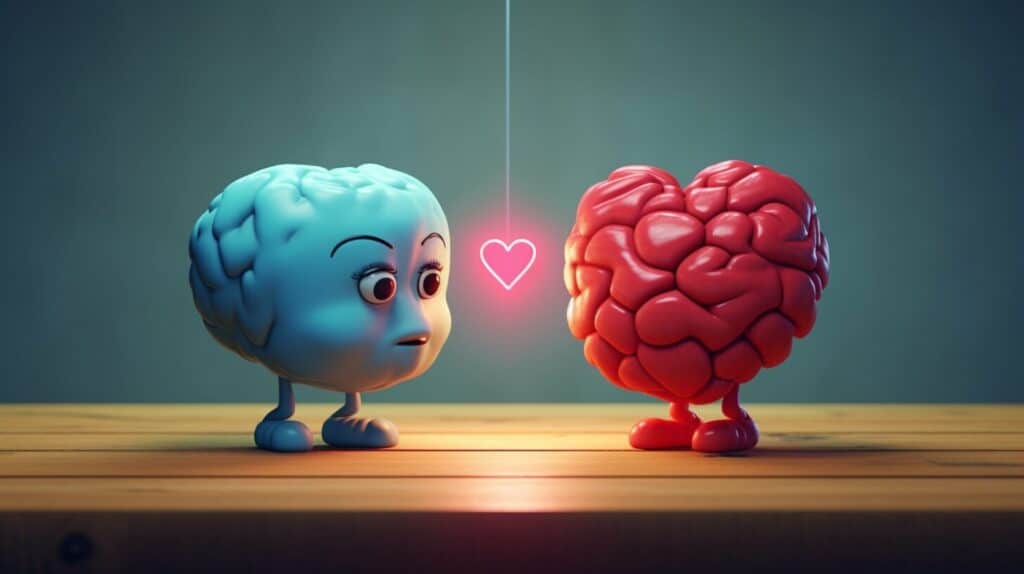
Explaining How Strokes Happen
To help children understand how strokes happen, it’s important to simplify the concept and use age-appropriate illustrations. One way to explain it is to compare the brain to a computer that controls everything we do, and the blood vessels to the wires that supply energy to the computer. If a wire is cut, the computer won’t function properly. Similarly, if a blood vessel in the brain is blocked or bursts, the brain may not work properly. Depending on which part of the brain is affected, a stroke can impact different functions of the body, such as speech, movement, or memory. For example, if the left side of the brain is affected, it may cause difficulty speaking or understanding words. If the right side is affected, it may cause weakness or paralysis on the left side of the body. Strokes can happen to anyone, regardless of age, gender, or background. However, there are certain risk factors that can increase the likelihood of having a stroke, such as high blood pressure, smoking, diabetes, and a family history of stroke.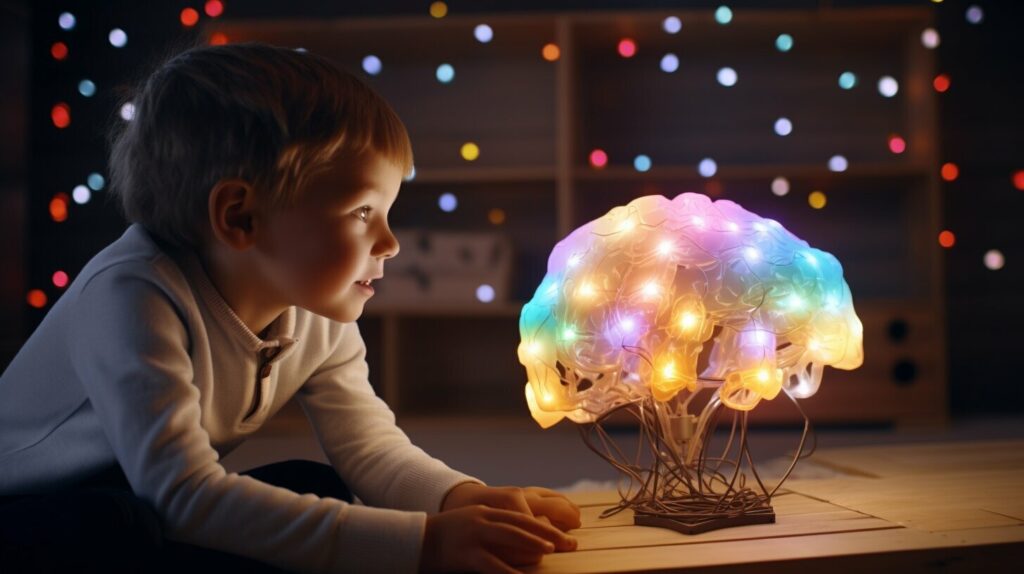 It’s important to recognize the signs of a stroke and seek immediate medical help. Some common symptoms include sudden weakness or numbness on one side of the body, difficulty speaking or understanding words, and trouble seeing in one or both eyes. Remember, time is critical when it comes to treating a stroke, so don’t hesitate to call 911 if you suspect someone is having a stroke.
It’s important to recognize the signs of a stroke and seek immediate medical help. Some common symptoms include sudden weakness or numbness on one side of the body, difficulty speaking or understanding words, and trouble seeing in one or both eyes. Remember, time is critical when it comes to treating a stroke, so don’t hesitate to call 911 if you suspect someone is having a stroke.
Preventing Strokes
Strokes can be prevented by adopting healthy habits and lifestyle changes. Here are some tips to help reduce the risk of strokes:- Eat a healthy diet: Focus on whole foods such as fruits, vegetables, lean protein, and whole grains. Limit your intake of saturated and trans fats, cholesterol, sodium, and sugar.
- Exercise regularly: Aim for at least 30 minutes of physical activity each day, such as walking, jogging, swimming, or cycling.
- Avoid tobacco and drug use: Smoking and drug use can damage your blood vessels and increase the risk of strokes.
- Limit alcohol consumption: Excessive drinking can raise blood pressure and increase the risk of strokes.
- Maintain a healthy weight: Being overweight or obese can contribute to high blood pressure, diabetes, and heart disease, which can increase the risk of strokes.
- Manage health conditions: Control your blood pressure, cholesterol, and diabetes through medication, diet, and exercise. Seek medical treatment for any other health conditions that could increase your risk of strokes.

Supporting Someone Who Had a Stroke
If someone you know has had a stroke, it is essential to show them empathy and understand their needs. Every stroke is different, and the recovery process can be challenging, but you can help in several ways. Here are some tips:- Be patient: Stroke recovery is a slow process, and the person in question may experience frustration or difficulty with everyday tasks. Be patient and encourage them to take their time.
- Offer practical assistance: Depending on their abilities, they may need help with simple tasks such as cooking, cleaning, or running errands. Offer your assistance and take some pressure off their shoulders.
- Show emotional support: Sometimes, the emotional impact of a stroke can be more challenging than the physical effects. Show your support and encourage them to share their feelings and emotions. Listening can be one of the most helpful things you can do.
- Encourage participation: Participating in social activities can be beneficial for stroke recovery, as it can help the person in question regain confidence and feel more connected. Encourage them to participate in sports, hobbies, or other activities they enjoy.

Coping with Emotional Aspects
Coping with the emotional aspects of a stroke can be challenging for both children and adults. It is normal to feel overwhelmed, confused, or scared when someone you know has experienced a stroke. As a child, you may have questions or concerns regarding the stroke, its impact, and the recovery process. It is essential to communicate openly and honestly with your loved ones and seek support when needed. Remember: You are not alone in this. Listening actively and showing empathy towards the person who had a stroke can be hugely beneficial for their emotional wellbeing. Ask questions, offer help, and be patient with their progress. Additionally, seeking professional help from a therapist, counselor, or support group can provide valuable tools and resources for coping with the emotional stress.
Real-Life Examples and Stories
Learning about strokes through real-life examples can help children understand the condition better. Here are some stories that can illustrate different scenarios and outcomes:“My grandfather had a stroke a few years ago. It was scary, but we learned how to help him. We make sure he takes his medicine every day, and we help him with exercises to regain his strength. He may move a little slower now, but we still love him just as much. – Mari, age 9
“My teacher’s husband had a stroke, and it changed their lives. They had to make some adjustments at home, like adding grab bars and a shower seat, to make it easier for him. But he’s doing better now, and they still love each other just as much. – Kevin, age 12Remember, strokes can happen to anyone, but there are ways to prevent them and support those who have experienced them. By learning more about strokes and how they affect people, you can be a compassionate and supportive friend or family member.

Resources for Further Learning
Learning more about strokes can help children understand the condition better and prevent its occurrence in the future. Here are some age-appropriate resources to help your child learn more:- A Friend Like Mine: A Guide to Supporting Children with Cerebral Palsy and Similar Conditions by Julia Gray – This book tells the story of a boy named Jack who has cerebral palsy. It is an excellent resource for explaining the challenges that children with cerebral palsy face, including the risk of strokes.
- BrainPop – A popular educational website that features videos, games, and quizzes on a variety of topics related to the human brain, including strokes.
- American Stroke Association – The American Stroke Association website offers a range of resources for children and adults, including fact sheets, videos, and games to help raise awareness about strokes and their prevention.
- Stop Stroke – Stop Stroke is a website dedicated to promoting stroke awareness among children. The site offers a range of resources, including videos, posters, and educational programs for schools and families.
 Encourage your child to explore these resources and learn more about strokes. By educating themselves, they can help prevent strokes from happening in the future and be better prepared to support someone who has experienced a stroke.
Encourage your child to explore these resources and learn more about strokes. By educating themselves, they can help prevent strokes from happening in the future and be better prepared to support someone who has experienced a stroke.
Conclusion
Congratulations, you have now learned the importance of explaining strokes to children. By simplifying the concept, you have helped them understand what a stroke is, what the signs and symptoms are, how strokes happen, and how to prevent them. You have also gained knowledge on how to support someone who has had a stroke, cope with the emotional impacts, and explore real-life examples and stories. Remember, teaching children about strokes not only raises awareness but also encourages empathy and understanding towards those affected. It is vital to communicate openly about this condition to reduce its prevalence and impact on society. Let us continue to learn and share knowledge to keep our loved ones healthy and safe.How Can I Simplify the Explanation of Diabetes to a Child?
Explaining diabetes to a child can be challenging, but breaking it down into simple steps for explaining diabetes can help. Start by using relatable comparisons to describe how the body processes sugar. Next, emphasize the need for insulin to unlock cells and let sugar in. Finally, share the importance of maintaining a healthy diet and active lifestyle to manage blood sugar levels.
Can I Use Similar Techniques to Explain Autism to a Child?
When it comes to explaining autism to autistic children, using similar techniques can be effective. Simplifying complex concepts, using visual aids, and employing interactive methods can help children better understand autism. By tailoring the information to their needs and preferences, we can create a supportive and inclusive environment for autistic children to grasp the intricacies of their own condition.




